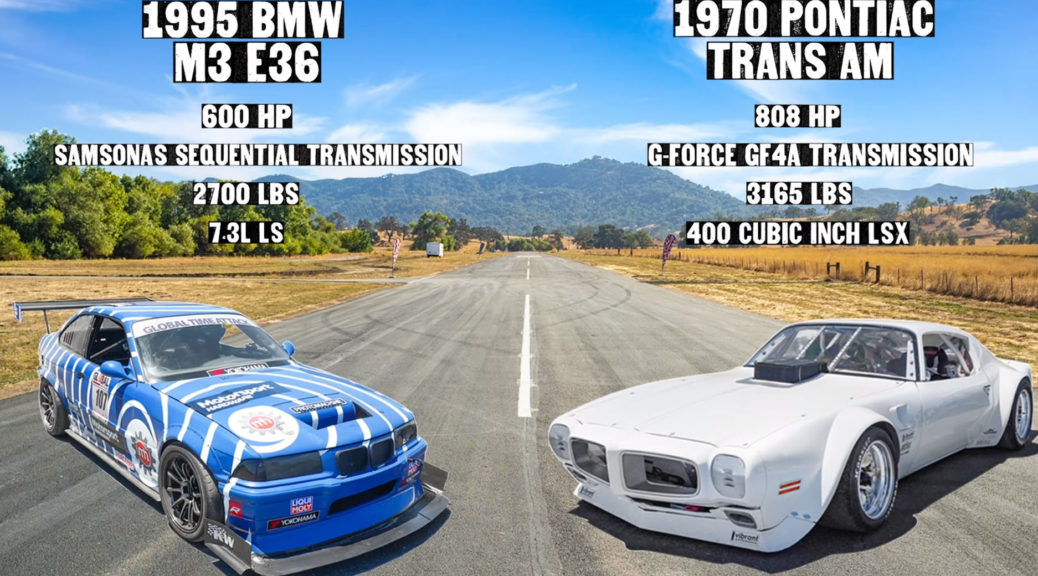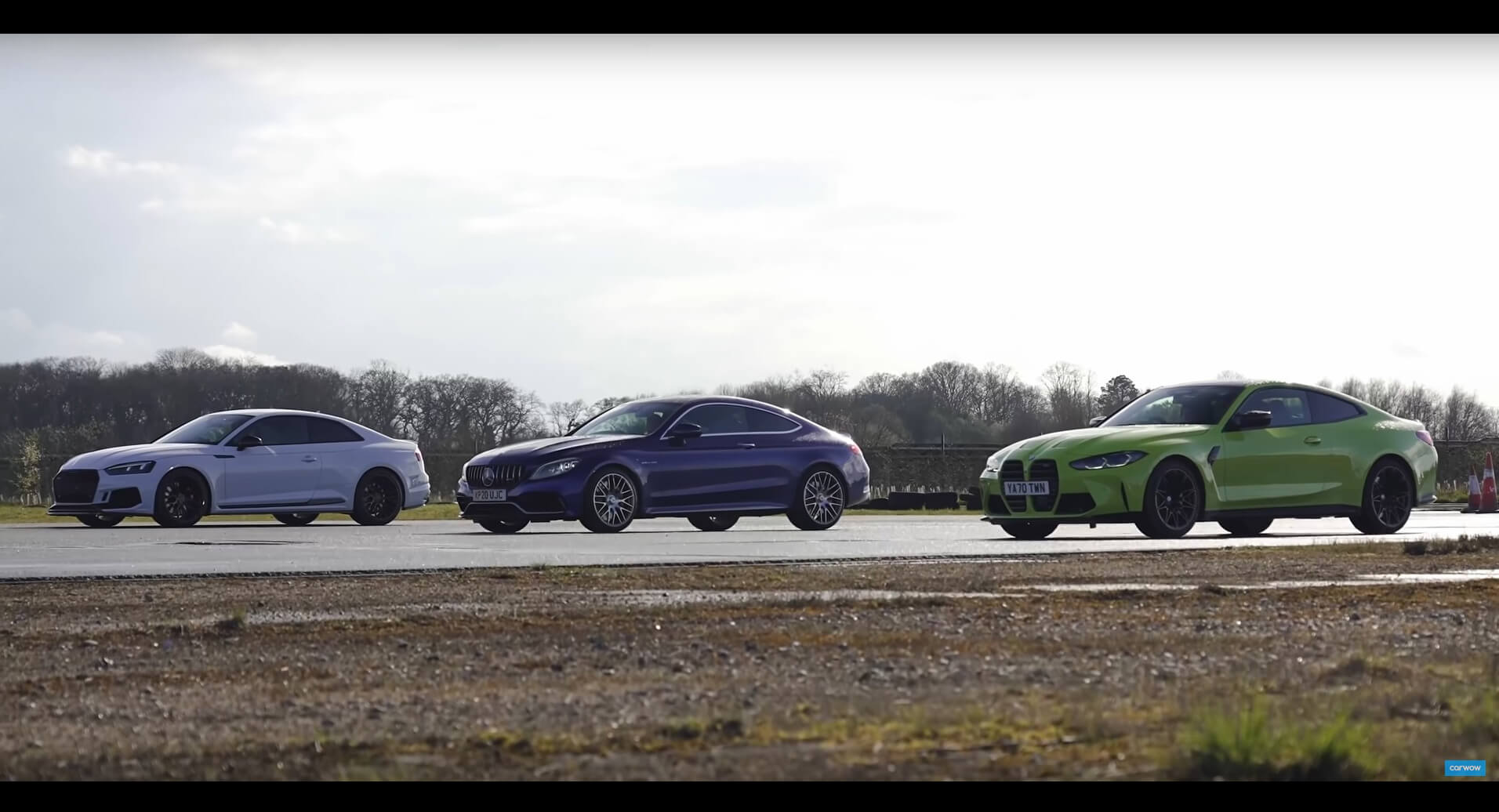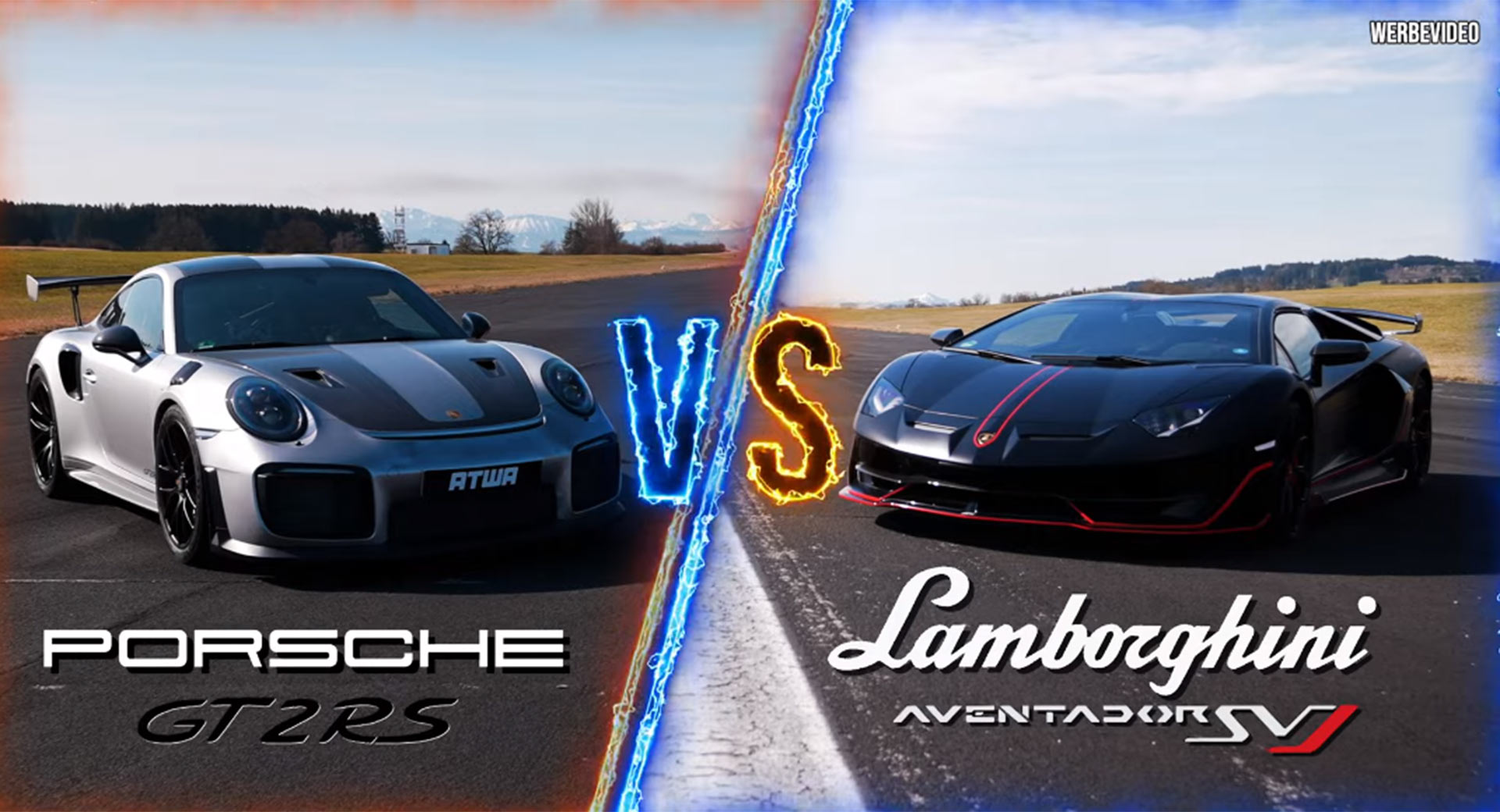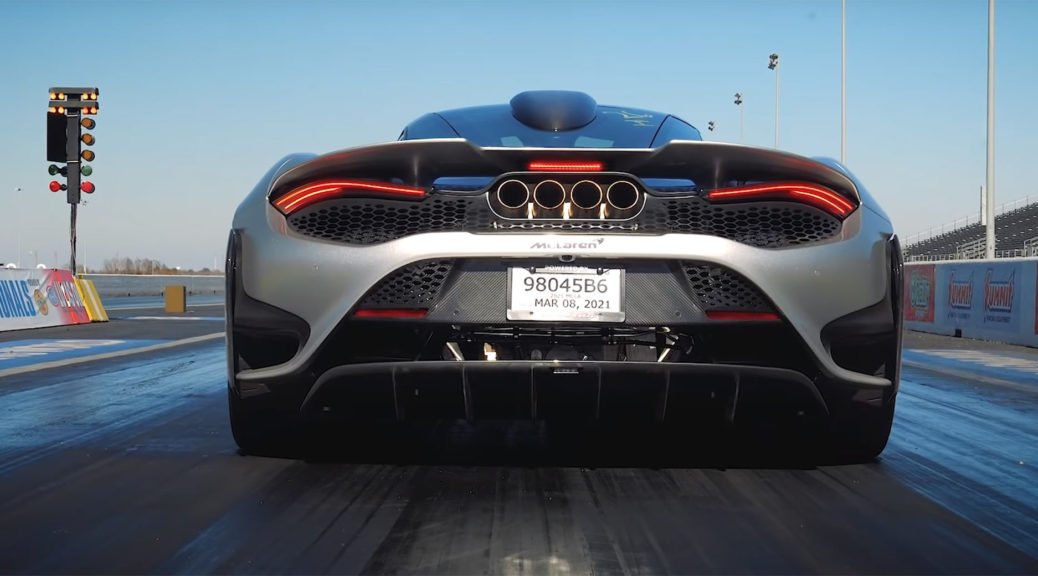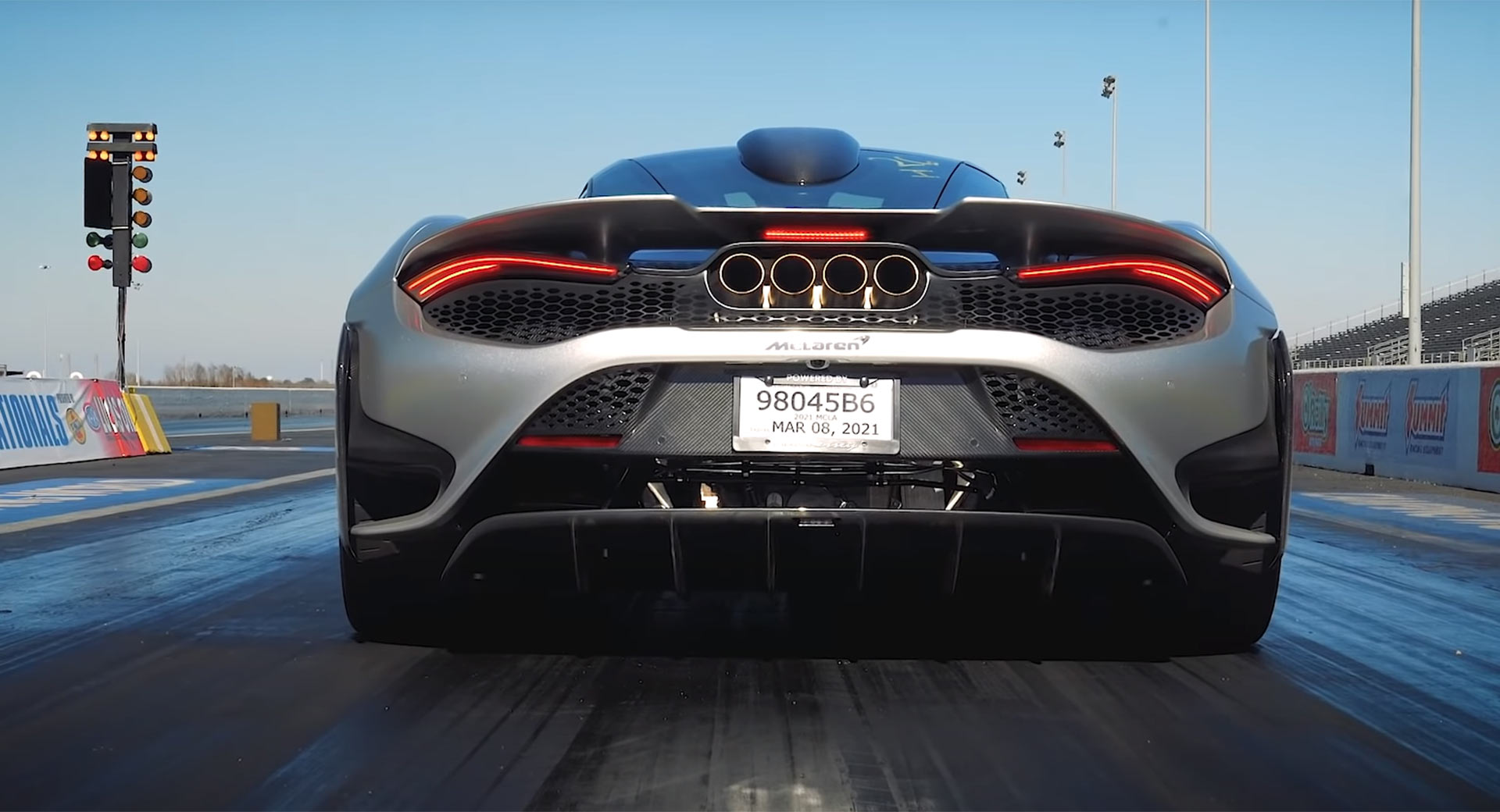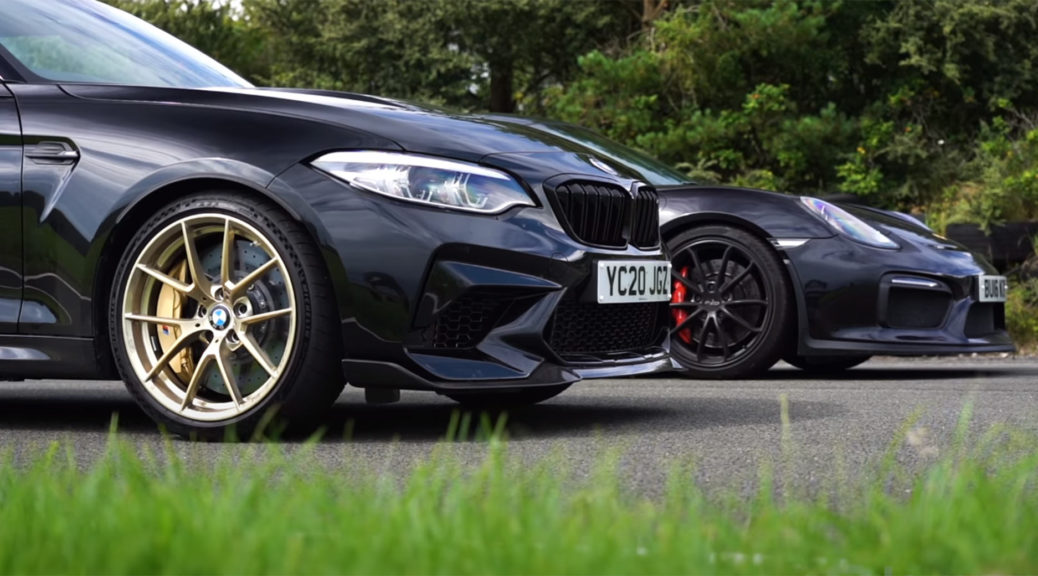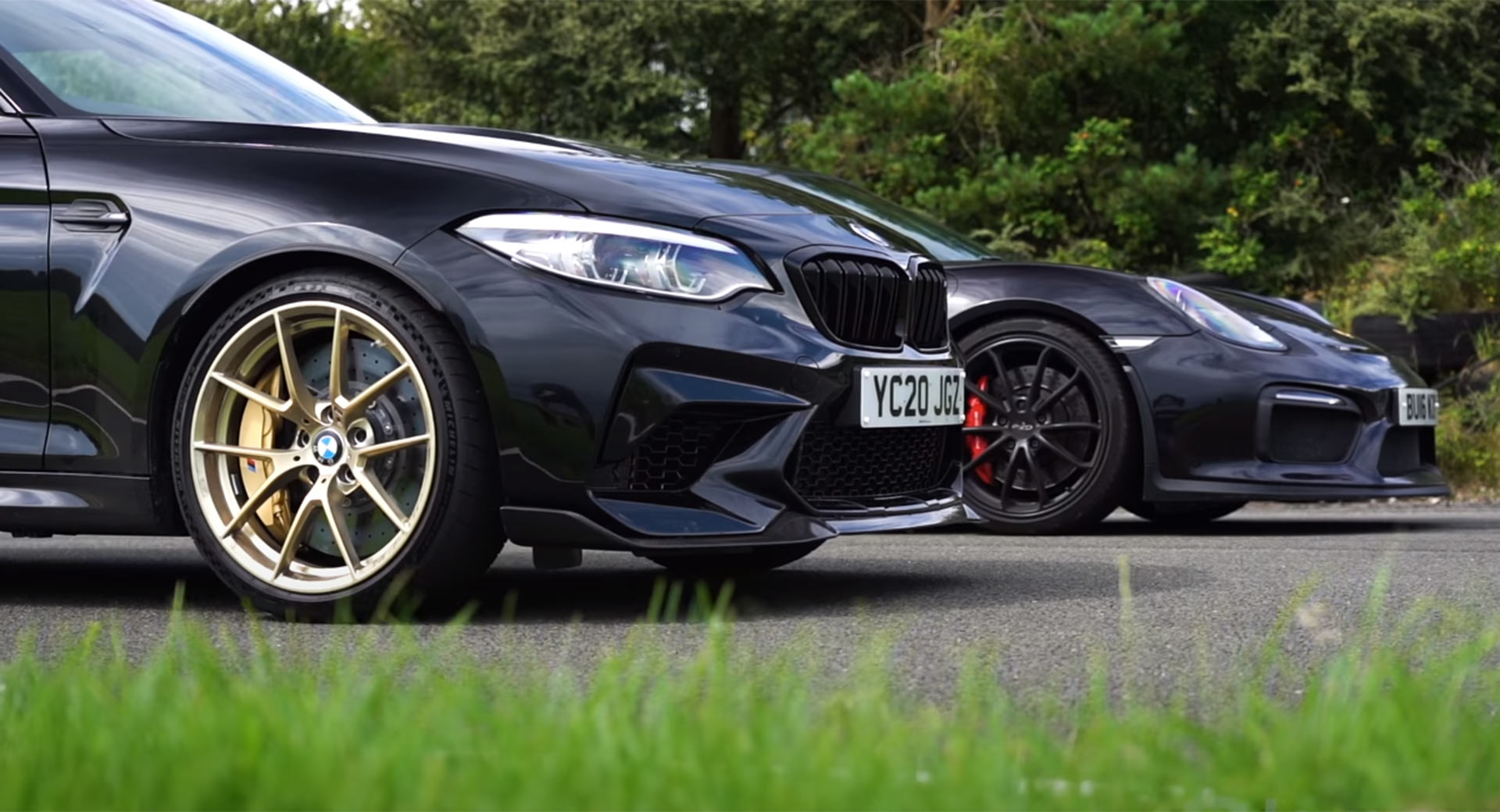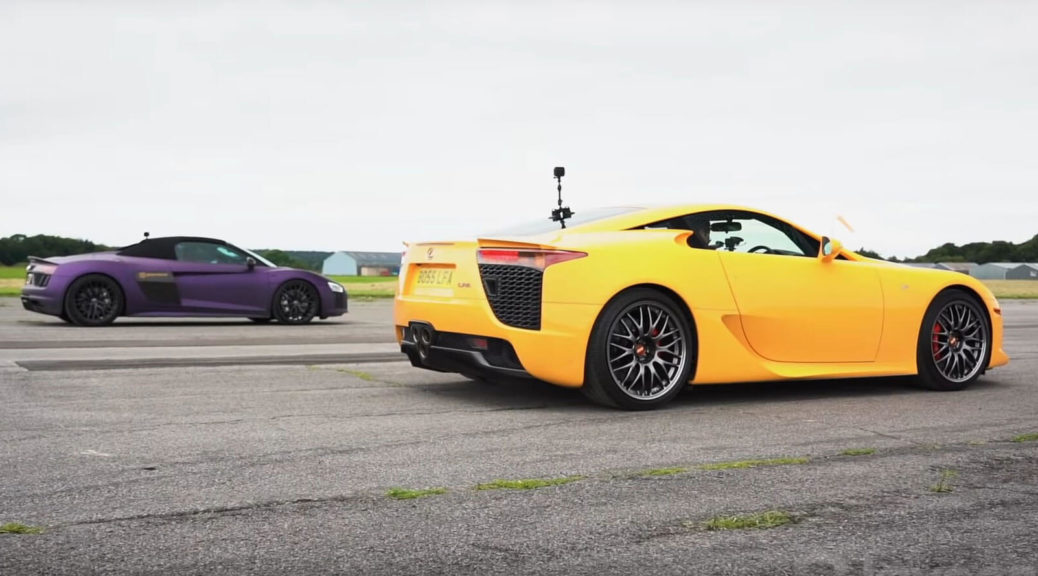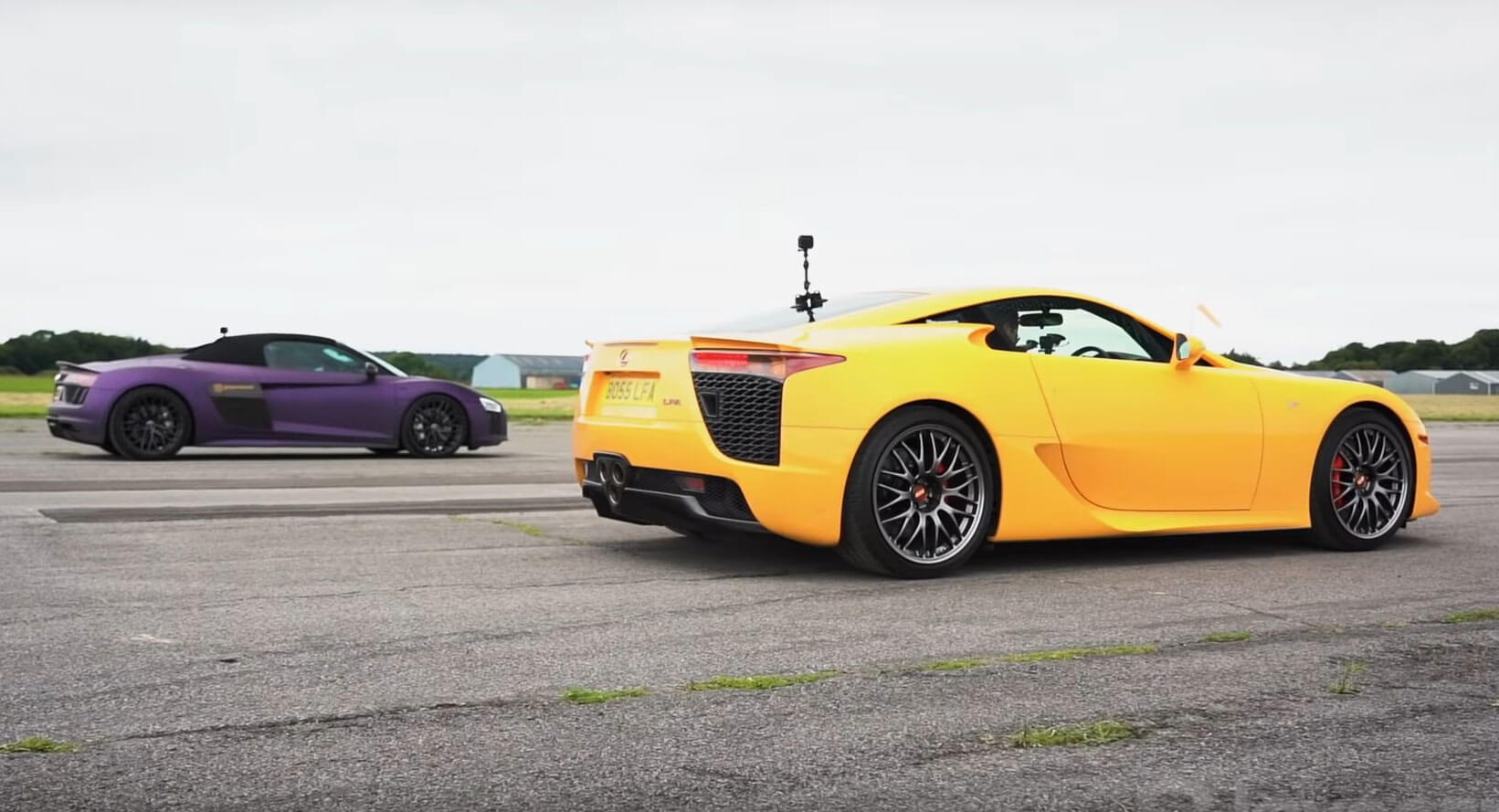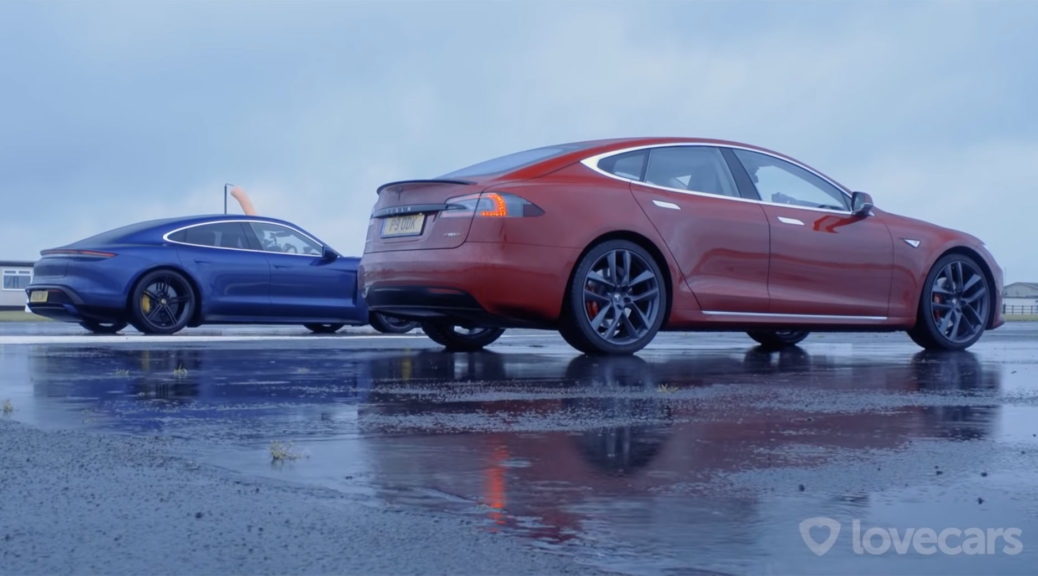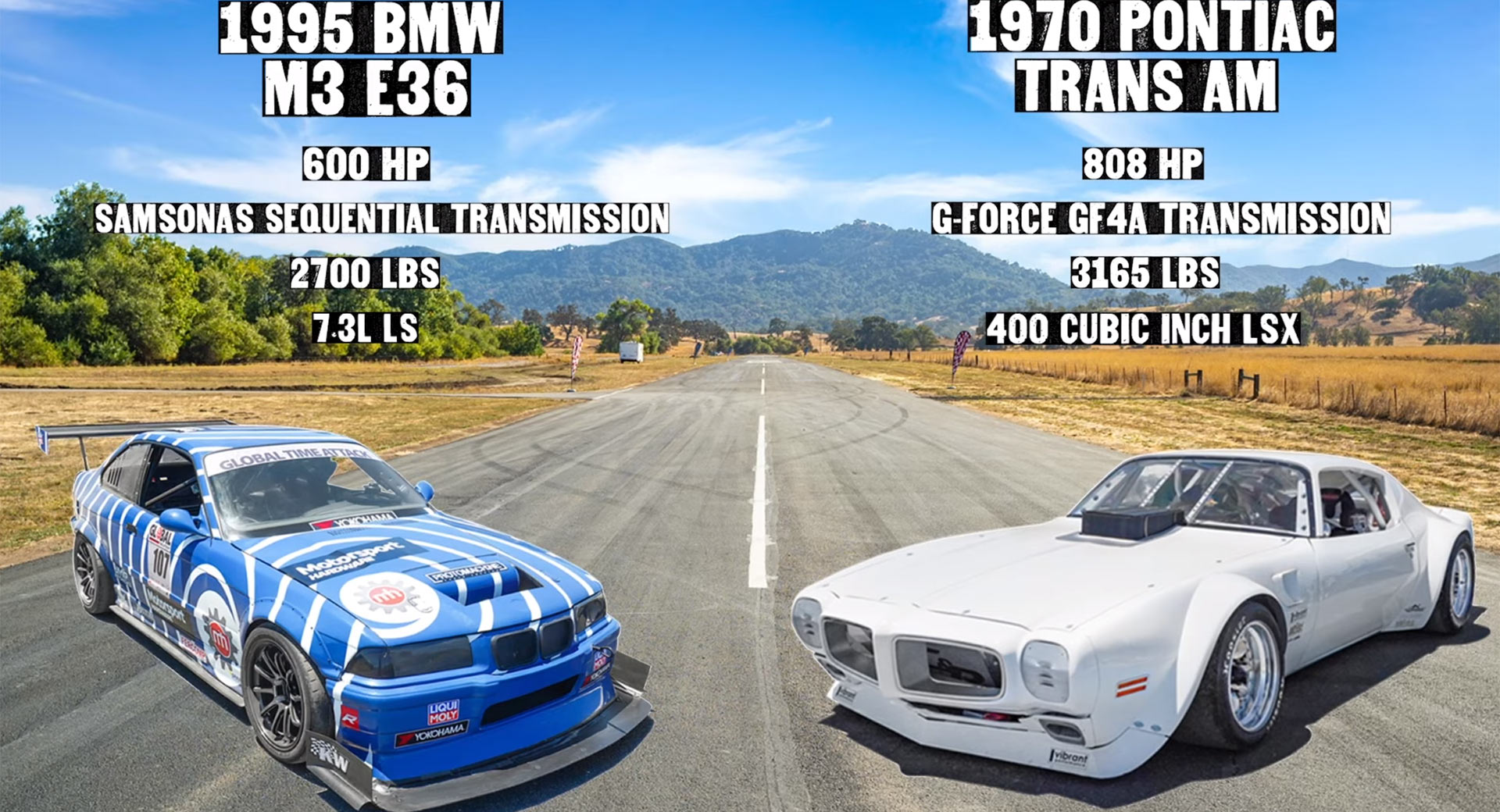
Hoonigan’s ‘This vs. That’ drag racing series routinely pits some of the quickest cars on four wheels against each other and in this latest clip, brought together a Plymouth Trans Am and a BMW E36 3-Series. However, both have been heavily tuned.
The owner of the 1970 Trans Am featured has gone to town overhauling his muscle car, outfitting it with a 6.5-liter LSX V8 that churns out no less than 808 hp. Coupled to this engine is a G-Force GF4A transmission that powers the rear wheels.
There is clearly no mistaking this Trans Am from a regular, road-going example as it features flared front and rear wheel arches. The interior has also been completely stripped out, meaning it weighs only 3,165 lbs (1,435 kg).
Read Also: Is This The Facelifted 2022 BMW 3-Series?
As impressive as this Pontiac is, the BMW 3-Series it raced is equally as unique. It’s been designed as a Time Attack car and has also undergone an engine swap that saw a massive 7.3-liter V8 slotted under its hood. It also features a sequential transmission, is rear-wheel drive, and tips the scales at 2,700 lbs (1,224 kg).
During the first race, the driver of the Trans Am messed up a gear change, allowing the BMW to take an easy win. The second rolling race, by comparison, was extremely close with the Pontiac taking the win by roughly one foot, meaning it was all to play for in the third and final race.
[embedded content]
For GREAT deals on a new or used Chrysler, Dodge, Jeep or RAM check out LA CDJR TODAY!

